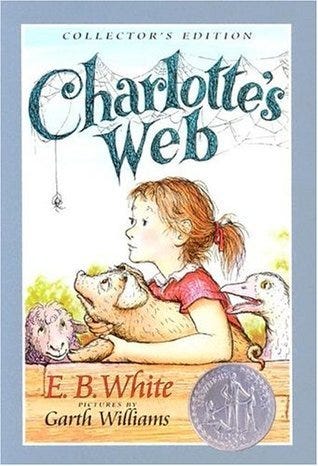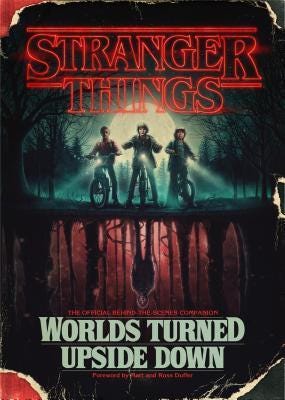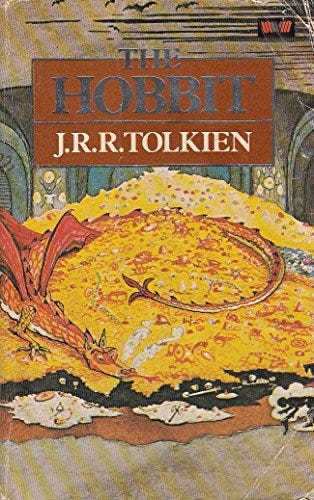I almost bought a book for the cover. It wasn’t a shiny, new cover, nor was it exciting and full of promises. It was an old paperback I’d never heard of. My local used bookstore had dragon book display in the way only a used bookstore can: a hodgepodge of new releases discarded for the next binge reader, mixed with the most random tomes you’re certain have been collecting dust, unwanted, in a back room until this moment. The moment a nostalgia-driven individual like me is weak enough to make an impulse purchase.
The cover emulated the style of Frank Frazetta: half naked people posing mid-action, set against a mood-setting background. Something about this style hearkens back to a time when fantasy was considered edgy, although that idea ended long before I was born. How can I have nostalgia for a time I can’t remember?
You probably have the same fondness for certain paperbacks, based on their art. Pulp fantasy, cheap horror, overly sultry romance. Those paperbacks. The ones which your logic tells you were once new, but you have never seen one in pristine condition to be able to tell.
It got me thinking about the books we seek for the sake of how the appearance makes us feel. Again, I don’t mean the shiny, new books.
For example, I can’t imagine a copy of Charlotte’s Web as anything other than THE classic cover illustrated by Garth Williams.
Nostalgia doesn’t only cover tried and true images. I absolutely hate it when books are rereleased with movie posters as the covers. However, I adore my copy of Matilda featuring the movie starring Mara Wilson because I’m as nostalgic for the movie as I am for the book.
The popularity of shows like Stranger Things and the novels of Gary Hendrix prove how marketable nostalgia can be. Some of these novels are modeled after aged books and VHS tapes and I love it because, clearly, I’m a Millennial.
Consider, also, the use of famous paintings on Western classic novels. When a Penguin Classic is republished, the cover might feature a well-known piece of art that vaguely represents the tone of the novel. It tells readers (who don’t already know) that the novel is a piece of art certified by the passage of time.
Not all classics have appealing covers. There are old, pulpy book covers with not so museum-worthy art. Check out this paperback cover of 1984. It looks like a 1950’s BDSM advertisement.
Then again, other books promote nostalgia by the mere feel of them, such as The Hobbit. Many readers still cling to Harry Potter imagery because of the feelings associated with their first reading, despite the current social status of She Who Must Not Be Named.
I could go on about book covers and the pull they have on us. Covers aren’t only important for marketing and the bottom line. They aren’t only important for reader demographics. They have a power over us that of which we might not be aware unless we have a psychology degree.
In the end, I didn’t buy the book from my used book store and I’m glad. Upon research, the novel isn’t that good. Would I have cared? For the nostalgia, probably not.








